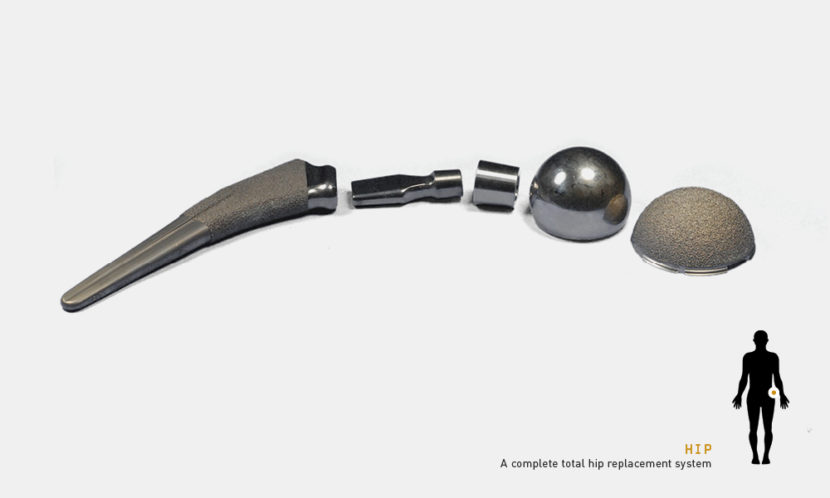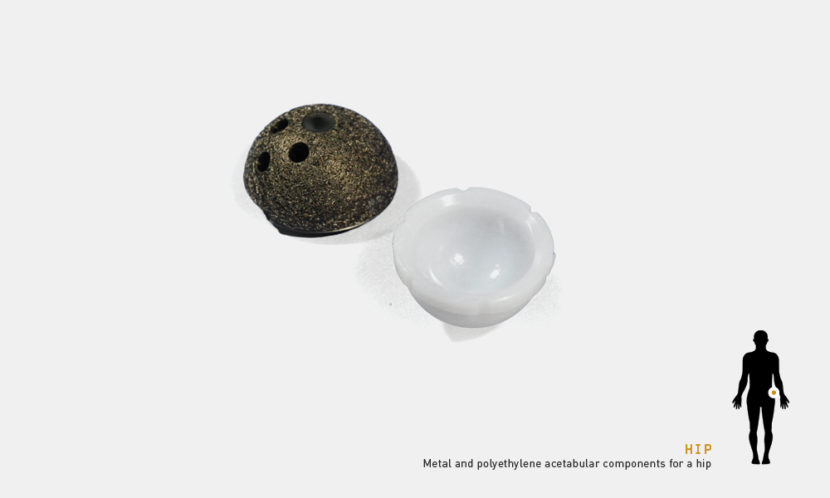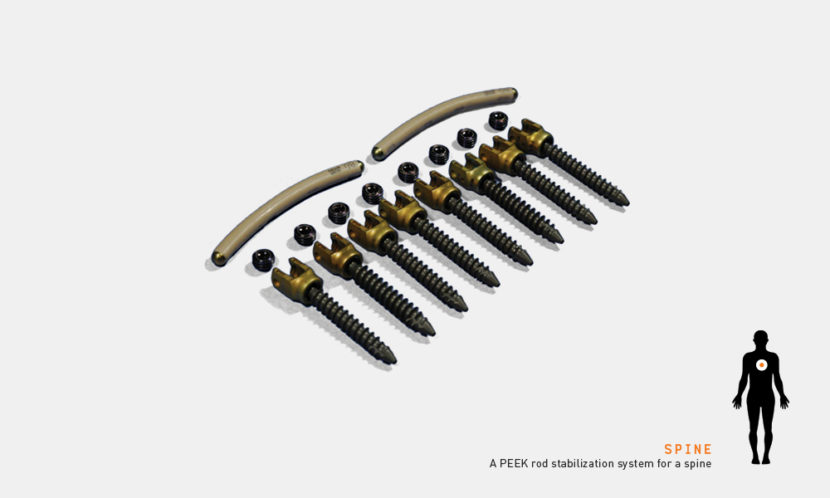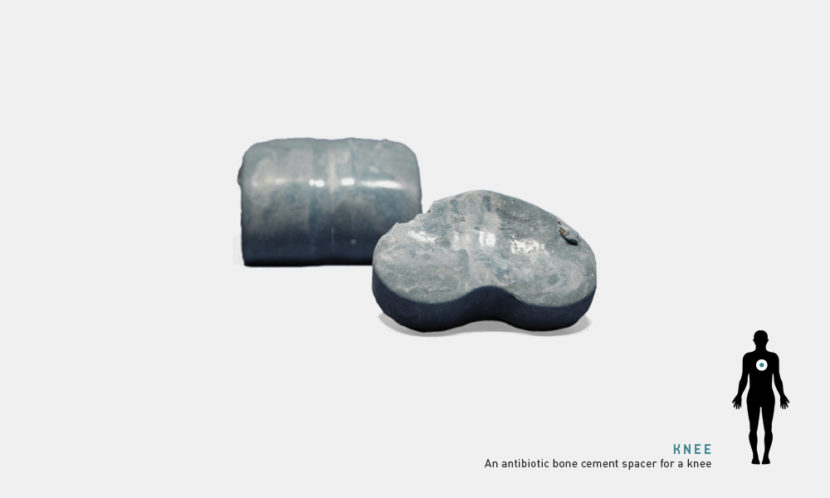
_Steven Kurtz
Kurtz is director of the Implant Research Center and a research professor in the School of Biomedical Engineering, Science and Health Systems.

_Daniel MacDonald
MacDonald is deputy director of the center and a PhD candidate in the School of Biomedical Engineering, Science and Health Systems.
Like coroners investigating a suspicious death, the biomedical engineers at Drexel’s Implant Research Center carefully pore over each palm-sized ball, cylinder and screw that is delivered to 3401 Market St. Their job is to figure out just what went wrong with these orthopedic, spine and cardiovascular implants — objects, some still covered in blood, that once resided inside human bodies.
The center currently holds more than 6,500 implants donated from 15 hospitals from Pennsylvania, Ohio, New Jersey, Nevada, Texas, Kentucky, Maryland and Tennessee. Each implant is accompanied by its own case file, which includes the patient’s demographics, why the device was removed and X-ray images.
Some implant failures are due to patients’ health and others are surgery-related. Many of the devices simply were not built to endure.
“We want to capture why implants don’t last as long as they could in some patients,” says Steven Kurtz, the center’s director and a research professor in the School of Biomedical Engineering, Science and Health Systems.
Drexel’s is one of the only standalone retrieval programs in the country, meaning it receives implants from multiple health systems instead of just one. That’s important, Kurtz says, because it allows his team to study the “full landscape” of implants.
“Each hospital tends to have its favorite brand of implant,” Kurtz says. “And these hospitals send us every implant for every reason that they were removed, rather than reasons biased by what the surgeon has an interest in inspecting.”
One of the biggest concerns related to implants is metal release resulting from taper fretting and corrosion, which can threaten the longevity of an implant. The Implant Research Center engineers are interested to find out why these devices corrode. By testing the implants they retrieve, they can figure out which types of additives or materials may slow wear and tear.
Infection is another serious complication of implantable medical devices. Currently, the researchers are looking at the optimal ways to reduce or eliminate bacteria on the surfaces of spinal and orthopedic devices.
 _PHOTO_GALLERY ENLARGE
_PHOTO_GALLERY ENLARGE
Implants were once used primarily in elderly patients and only needed to last up to 20 years, but that demographic is now changing.
“People are living longer and want to stay active for more years, which means younger people are receiving implants that may need to last for multiple decades,” says Daniel MacDonald, the center’s deputy director and a PhD candidate in the School of Biomedical Engineering, Science and Health Systems. “We want to be able to improve the design for the next generation of patients.”





